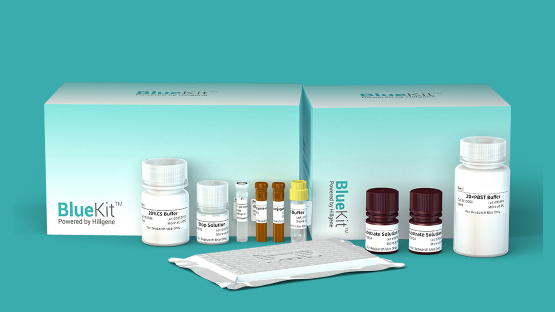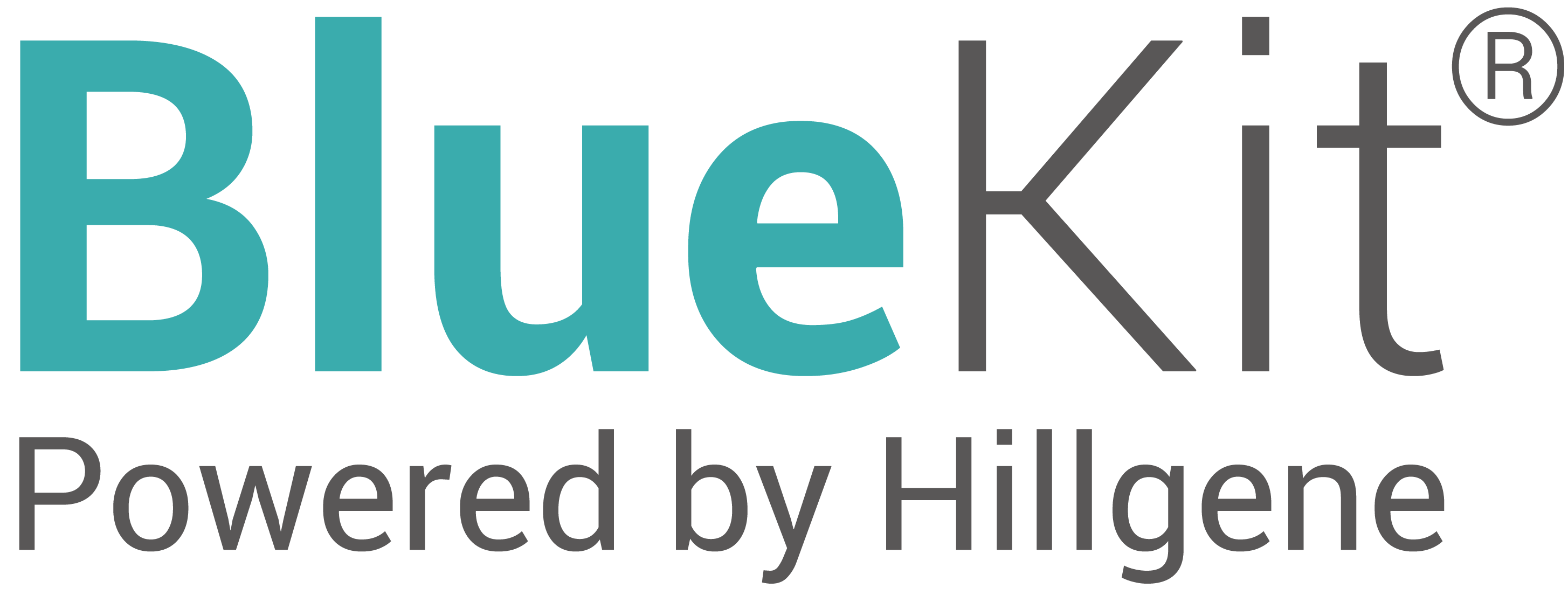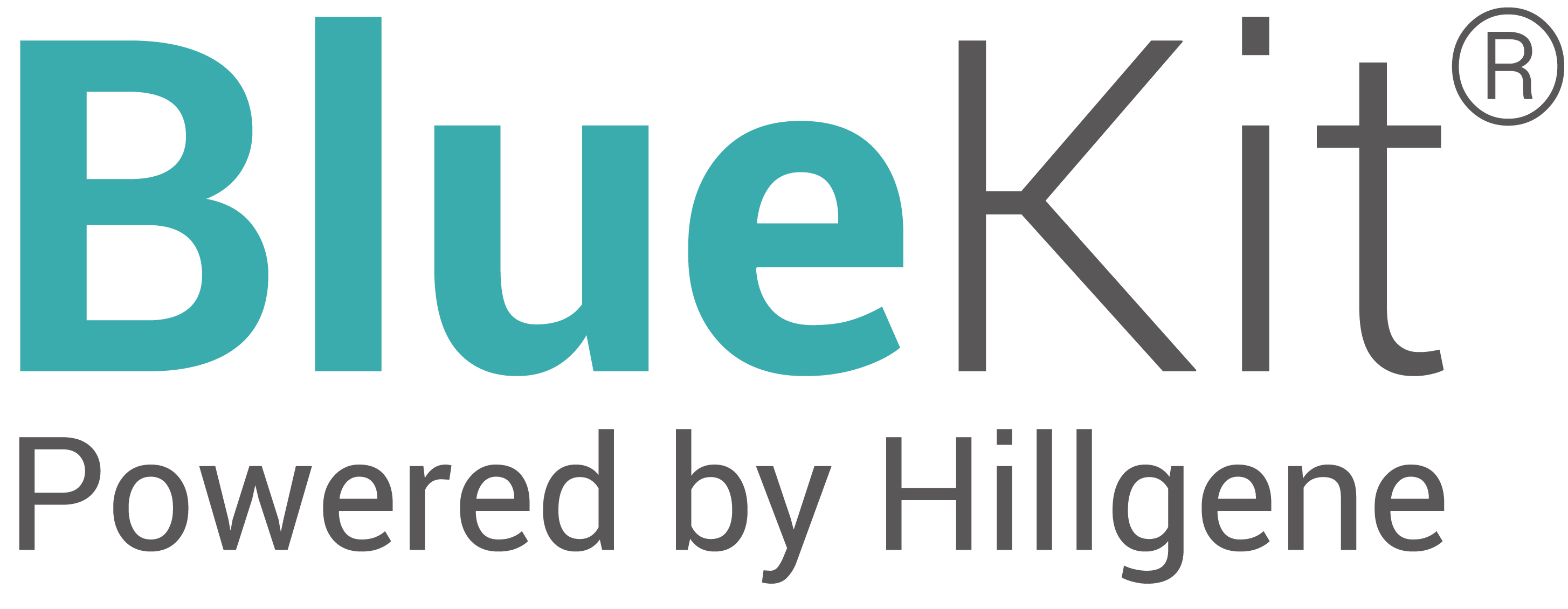Introduction to Kanamycin and Its Uses
● Overview of Kanamycin as an Antibiotic
Kanamycin is a potent aminoglycoside antibiotic employed primarily for its efficacy against a broad spectrum of bacterial infections. Discovered in the late 1950s, it has since played a crucial role in medical treatments, especially in cases resistant to less aggressive antibiotics. The compound functions by inhibiting protein synthesis in bacteria, thereby halting their growth and proliferation.
● Common Applications in Cell and Gene Therapy
In the rapidly evolving fields of cell and gene therapy, kanamycin is often used to ensure the sterility of compounds and vectors. During the manufacturing processes of these therapies, kanamycin serves as an essential agent in eliminating potential bacterial contaminants that could jeopardize the safety and efficacy of therapeutic products.
Importance of Residual Kanamycin Detection
● Potential Impacts on Drug Safety
The presence of kanamycin residuals in pharmaceutical products poses significant concerns. Residual antibiotics can lead to adverse reactions in patients, contribute to antibiotic resistance, and ultimately impact the safety and efficacy of therapies. Therefore, stringent regulations mandate the testing and quantification of kanamycin residual levels to ensure compliance with safety standards.
● Regulatory Requirements for Residue Levels
Pharmaceutical regulatory bodies, such as the FDA and EMA, have established strict guidelines for allowable residual levels of antibiotics in therapeutic products. These guidelines necessitate highly sensitive and accurate detection methods to ensure that kanamycin residual levels remain within permissible limits, safeguarding patient health and upholding regulatory compliance.
Understanding ELISA Technology
● Basics of Enzyme-Linked Immunosorbent Assay (ELISA)
The enzyme-linked immunosorbent assay (ELISA) is a powerful tool for detecting and quantifying substances such as proteins, hormones, and antibiotics, including kanamycin residuals. This method leverages the specificity of antibodies to bind to the target molecule, followed by the detection of this binding through an enzyme-substrate reaction that produces a measurable signal.
● Advantages of ELISA in Drug Testing
ELISA offers several advantages as a testing method for pharmaceutical applications. Its high sensitivity and specificity allow for the detection of minute quantities of kanamycin residuals. Additionally, ELISA is relatively quick, cost-effective, and scalable, making it an ideal choice for routine quality control in drug manufacturing.
Features of the BlueKit Series
● Specificity and Sensitivity in Kanamycin Detection
The BlueKit series, a comprehensive suite of detection kits, stands out for its high specificity and sensitivity in identifying kanamycin residuals. These kits employ meticulously developed antibodies that ensure accurate detection, even at low concentration levels, thereby complying with stringent regulatory requirements.
● Compatibility with Various Drug Substances
Designed for versatility, BlueKit detection kits are compatible with a wide range of drug substances, including those used in cell and gene therapy. This compatibility ensures that the kits can be seamlessly integrated into existing manufacturing workflows, streamlining the quality assurance process for various therapeutic products.
Applications in Cell and Gene Therapy
● Role in Ensuring Purity of Products
In cell and gene therapy, the purity of final therapeutic products is paramount. The presence of residual antibiotics like kanamycin can compromise the safety and therapeutic efficacy of these products. BlueKit's kanamycin residual detection kits play a vital role in verifying the absence of contaminants, thus ensuring the integrity and safety of cellular therapies delivered to patients.
● Case Studies of Successful Applications
Numerous case studies underscore the effectiveness of BlueKit detection kits in real-world applications. For instance, manufacturers of CAR-T and TCR-T therapies have successfully employed these kits to monitor and control kanamycin residuals, thereby enhancing the safety profile of their products and meeting regulatory standards.
Protocol for Using the Detection Kit
● Step-by-Step Guide to the ELISA Process
The BlueKit detection kit offers a straightforward ELISA protocol. The process begins with preparing samples and standards, followed by loading them onto the ELISA plate. After incubation with specific antibodies and washing to remove unbound substances, a substrate solution is added. The resultant color change is measured spectrophotometrically, providing quantitative data on kanamycin residual levels.
● Tips for Achieving Accurate Results
To ensure the accuracy of results, it is crucial to adhere to the provided protocol meticulously. Key tips include maintaining consistent incubation times, ensuring thorough washing steps, and using calibration standards to verify the assay's performance. Routine calibration of spectrophotometric equipment further ensures the reliability of measured results.
Interpreting ELISA Test Results
● Guidelines for Analyzing Data
Interpreting ELISA data requires an understanding of the standard curve generated during the assay. By plotting known concentrations of kanamycin against their corresponding optical densities, one can compare unknown sample results to determine their residual levels. Proper data analysis ensures that therapeutic products meet the required safety standards for kanamycin residuals.
● Troubleshooting Common Issues
While ELISA is a robust technique, occasional issues such as high background signals or low sensitivity may arise. Troubleshooting these issues involves checking reagent quality, ensuring proper plate washing, and verifying the calibration of detection equipment. Comprehensive troubleshooting guides provided by BlueKit can assist in resolving these challenges effectively.
Advantages Over Traditional Detection Methods
● Comparison with Other Testing Techniques
Compared to traditional methods like high-performance liquid chromatography (HPLC) and mass spectrometry, ELISA offers several benefits in terms of ease of use, cost, and speed. While HPLC and mass spectrometry provide detailed chemical information, ELISA's simplicity and minimal equipment requirements make it more accessible for routine quality control in manufacturing environments.
● Benefits in Terms of Efficiency and Accuracy
The adoption of ELISA-based detection kits, such as those offered by BlueKit, brings significant efficiency and accuracy advantages. The kits' high throughput capabilities enable simultaneous testing of multiple samples, reducing turnaround times and increasing productivity in quality control processes while maintaining a high level of accuracy.
Innovations in Residual Drug Testing
● Recent Advancements in Detection Technology
The field of residual drug testing has witnessed continuous advancements, with innovations focusing on enhancing sensitivity and reducing assay times. Recent developments in monoclonal antibody technology and enzyme-substrate systems have further improved the performance of ELISA kits, solidifying their role as a cornerstone in pharmaceutical quality control.
● Future Trends in Kanamycin Testing
Looking forward, the evolution of kanamycin residual detection is likely to be driven by automation and integration with digital data management systems. These advancements will facilitate real-time monitoring of residual levels, providing manufacturers with actionable insights to optimize their production processes and ensure consistent product quality.
Conclusion: Ensuring Drug Safety and Efficacy
● Summarizing the Importance of Detection Kits
The detection of kanamycin residuals in cell and gene therapy products is crucial for maintaining drug safety and efficacy. Through the use of advanced ELISA-based detection kits like BlueKit, manufacturers can ensure compliance with regulatory standards, protect patient safety, and deliver high-quality therapeutic products to the market.
● The Broader Impact on Pharmaceutical Development
The implementation of rigorous quality control measures, supported by reliable detection technologies, plays a pivotal role in the safe and successful development of novel pharmaceutical products. As the landscape of cell and gene therapy continues to evolve, maintaining robust quality assurance processes will be essential in fostering innovation and improving patient outcomes.
About BlueKit and Jiangsu Hillgene
Jiangsu Hillgene, under its BlueKit brand, offers state-of-the-art quality control solutions for cellular therapy products. Headquartered in Suzhou, with manufacturing sites in Shenzhen and Shanghai, Hillgene is expanding globally with a new site in North Carolina. BlueKit products, developed for rigorous quality assurance, support the successful development of CAR-T, TCR-T, and stem cell therapies, advancing Hillgene's mission to innovate in cell therapy and benefit patients worldwide.

Post time: 2025-02-25 11:44:05











